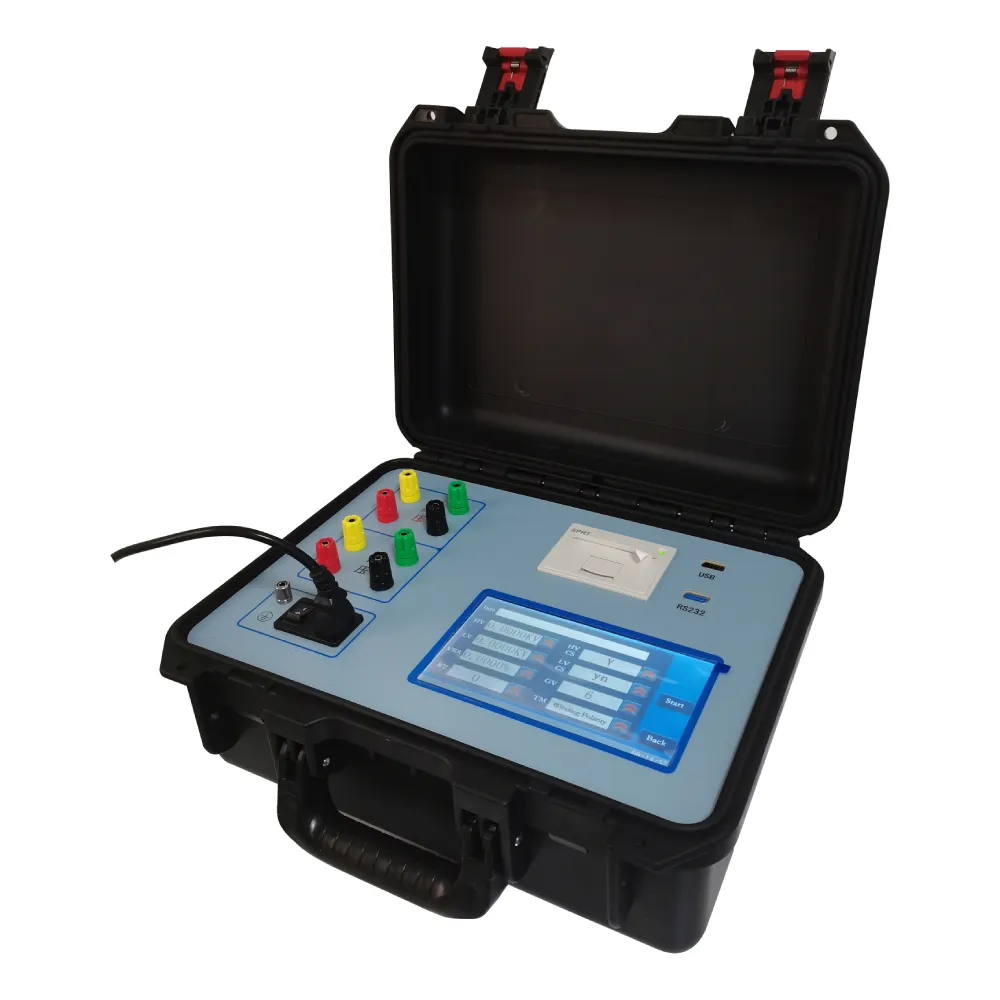 English
English


Monitoring Winding Temperature in Transformers for Enhanced Performance and Longevity Analysis
Transformer Winding Temperature Monitoring Importance and Techniques
Transformers are crucial components in electrical power distribution networks, playing a significant role in energy conversion and management. One of the critical factors influencing the performance and lifespan of transformers is the temperature of their windings. Excessive temperature can lead to insulation breakdown, reduced efficiency, and ultimately premature failure. Consequently, effective transformer winding temperature monitoring is essential for maintaining operational integrity and minimizing maintenance costs.
Understanding Temperature Monitoring
Transformer windings generate heat due to electrical losses during operation. This heat must be carefully managed to ensure that the winding temperature remains within acceptable limits. Monitoring the temperature of the windings allows operators to take proactive measures, such as load management or maintenance interventions, to prevent overheating.
Importance of Winding Temperature Monitoring
1. Preventing Insulation Damage Transformer windings are insulated with materials that can degrade when exposed to high temperatures. Continuous monitoring can help detect temperature spikes that may indicate insulation breakdown, thus preventing catastrophic failures.
2. Enhancing Operational Efficiency By keeping windings at optimal temperatures, transformers can operate more efficiently, minimizing energy losses. This not only improves the overall efficiency of the power system but also reduces operational costs.
3. Extending Lifespan Transformers are significant investments, and their longevity directly affects the financial performance of a utility. By closely monitoring winding temperatures, operators can extend the lifespan of transformers through timely interventions.
4. Improving Predictive Maintenance Temperature data can be integrated into predictive maintenance programs, allowing utilities to schedule maintenance based on actual operating conditions. This approach minimizes unnecessary downtime and enhances resource allocation.
transformer winding temperature monitoring

Techniques for Temperature Monitoring
Several methods are currently employed to monitor transformer winding temperatures, each with its own advantages and limitations
1. Resistance Temperature Detectors (RTDs) RTDs are widely used for temperature measurement in transformers due to their accuracy and stability. These sensors, embedded in the winding, provide real-time temperature readings that are critical for effective monitoring.
2. Thermocouples Thermocouples offer a cost-effective solution for temperature monitoring and can measure a wide range of temperatures. However, they may be less precise compared to RTDs and might require regular calibration.
3. Infrared Thermography This non-contact method utilizes infrared cameras to capture thermal images of transformer surfaces, allowing for the identification of hot spots. While it does not provide direct measurements of winding temperatures, it helps locate potential problems quickly.
4. Fiber Optic Sensors Fiber optic technology is emerging as a powerful tool for temperature monitoring. These sensors are immune to electromagnetic interference and can provide distributed temperature measurements along the length of the winding, offering detailed insights into heat distribution.
5. Smart Monitoring Systems Modern transformers often integrate sensors with digital monitoring and communication systems, allowing for real-time data acquisition and analysis. These smart systems can provide alerts and automate preventive measures, enhancing the operational reliability of transformers.
Conclusion
Transformer winding temperature monitoring is an indispensable practice in the modern power industry. By utilizing various monitoring techniques, utilities can ensure the safe and efficient operation of transformers, thereby safeguarding investments and enhancing service reliability. As technology advances, integrating smart monitoring systems will further improve the effectiveness of temperature management strategies, paving the way for a more resilient power infrastructure.
-
Differences between open cup flash point tester and closed cup flash point testerNewsOct.31,2024
-
The Reliable Load Tap ChangerNewsOct.23,2024
-
The Essential Guide to Hipot TestersNewsOct.23,2024
-
The Digital Insulation TesterNewsOct.23,2024
-
The Best Earth Loop Impedance Tester for SaleNewsOct.23,2024
-
Tan Delta Tester--The Essential Tool for Electrical Insulation TestingNewsOct.23,2024





